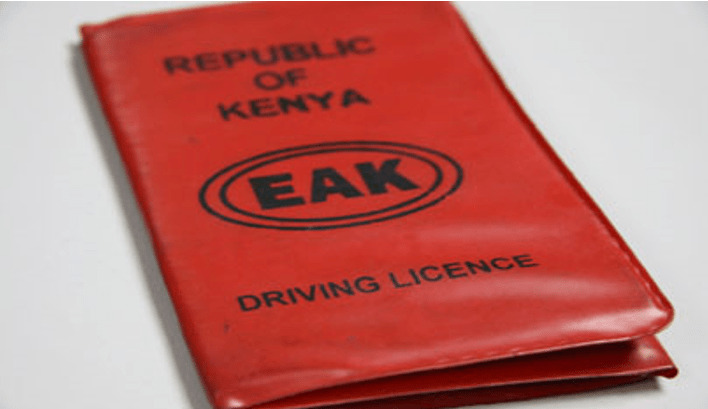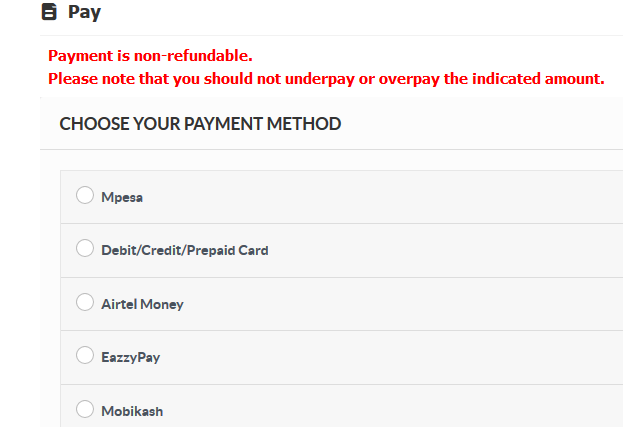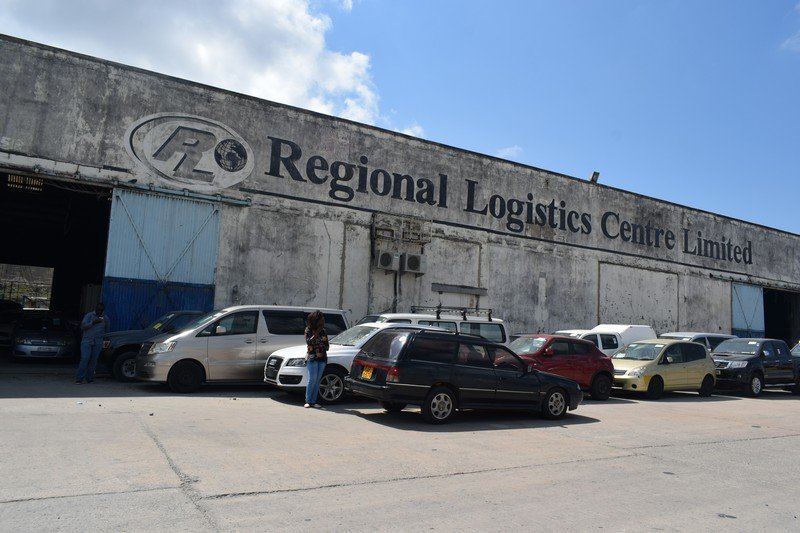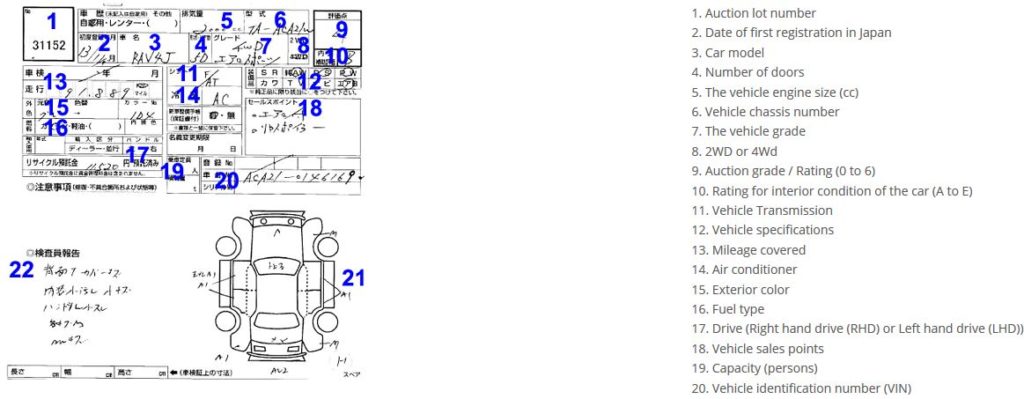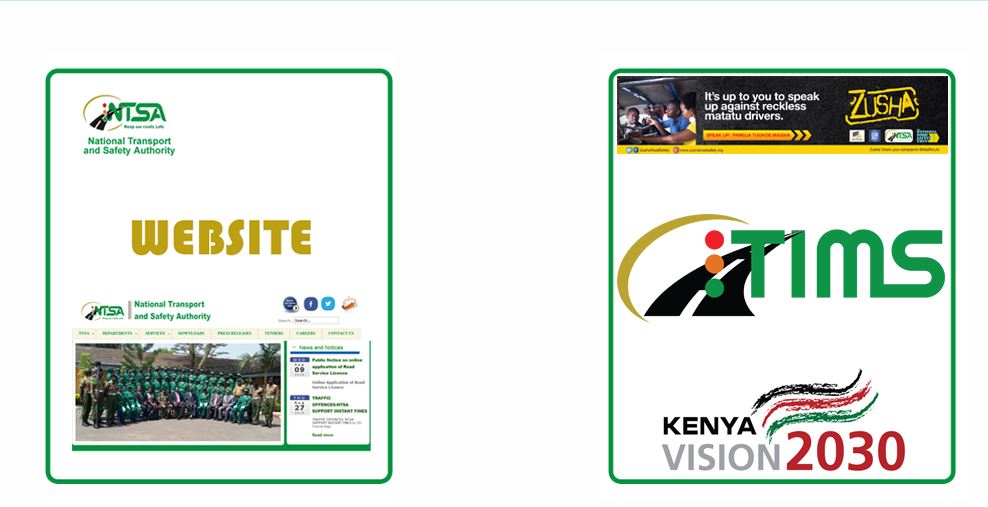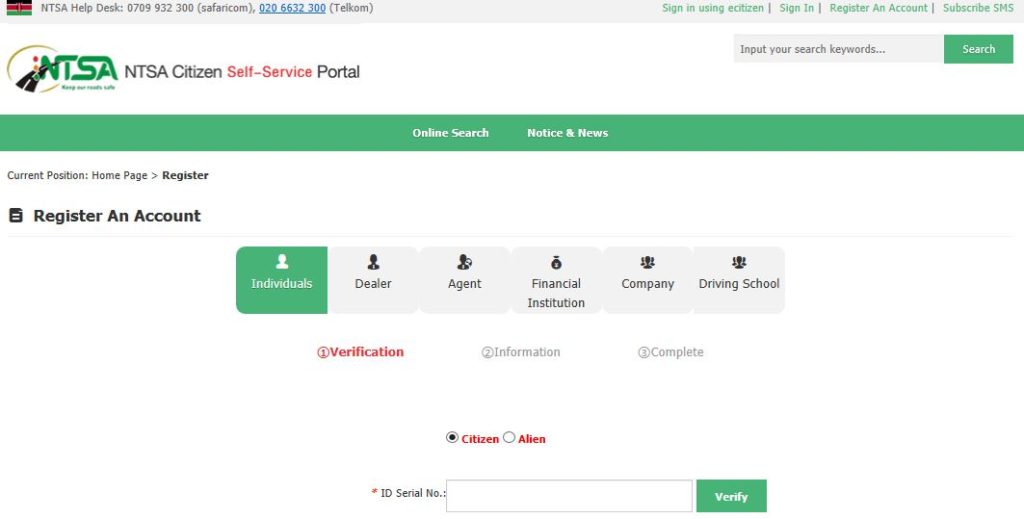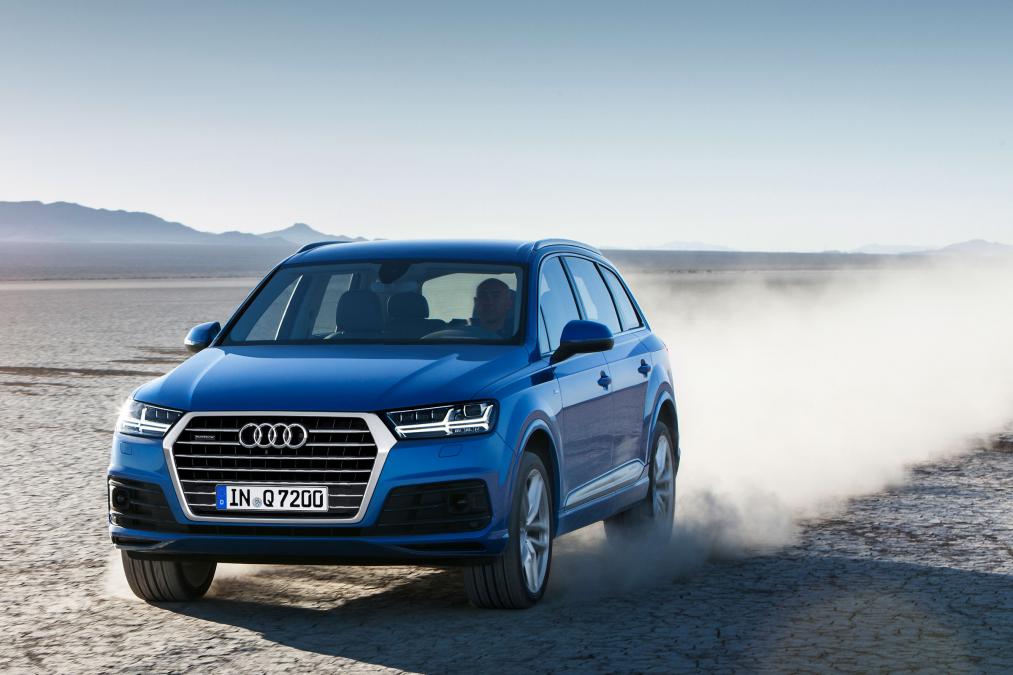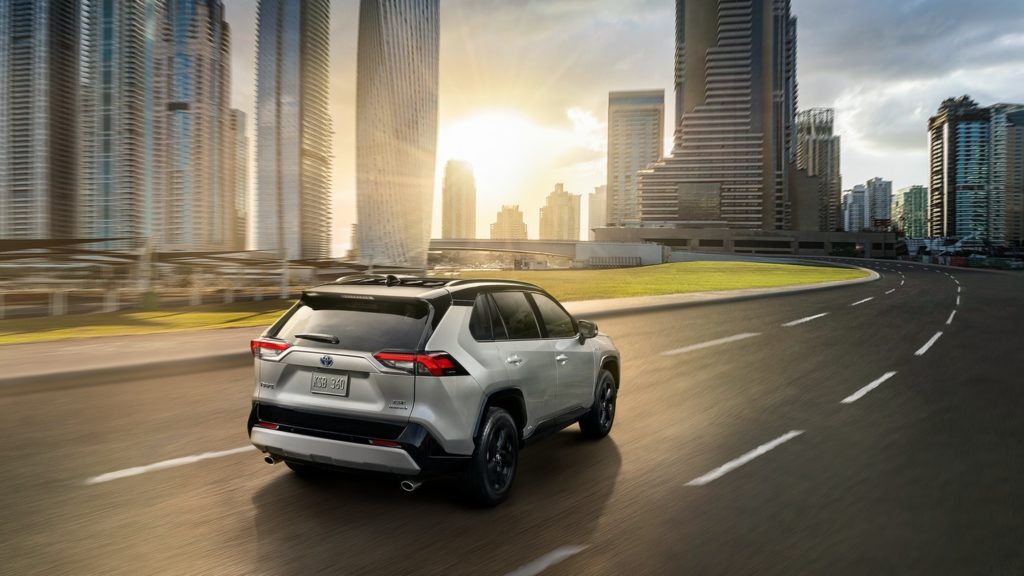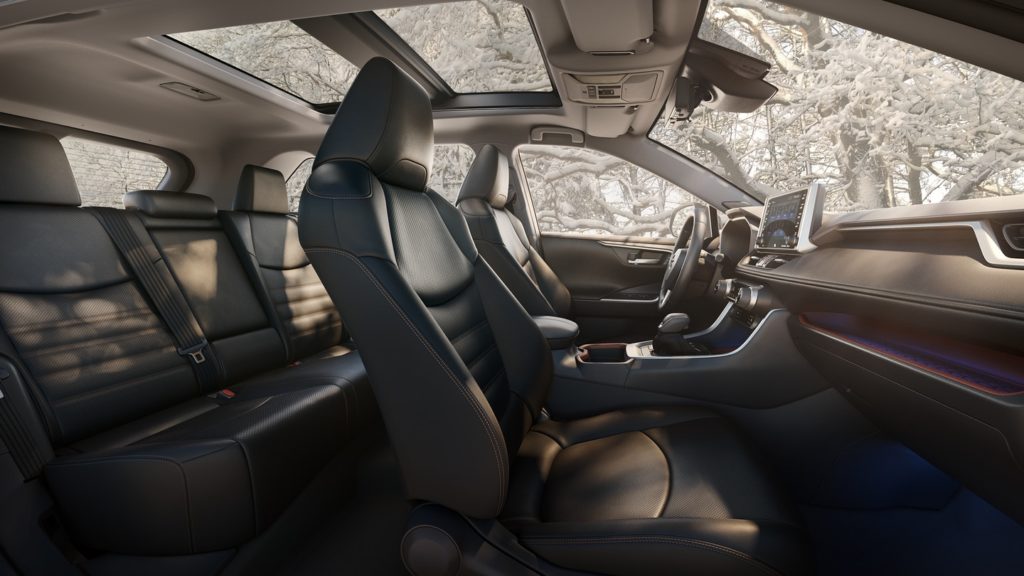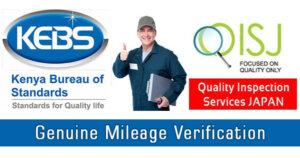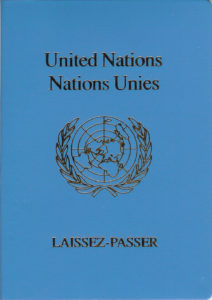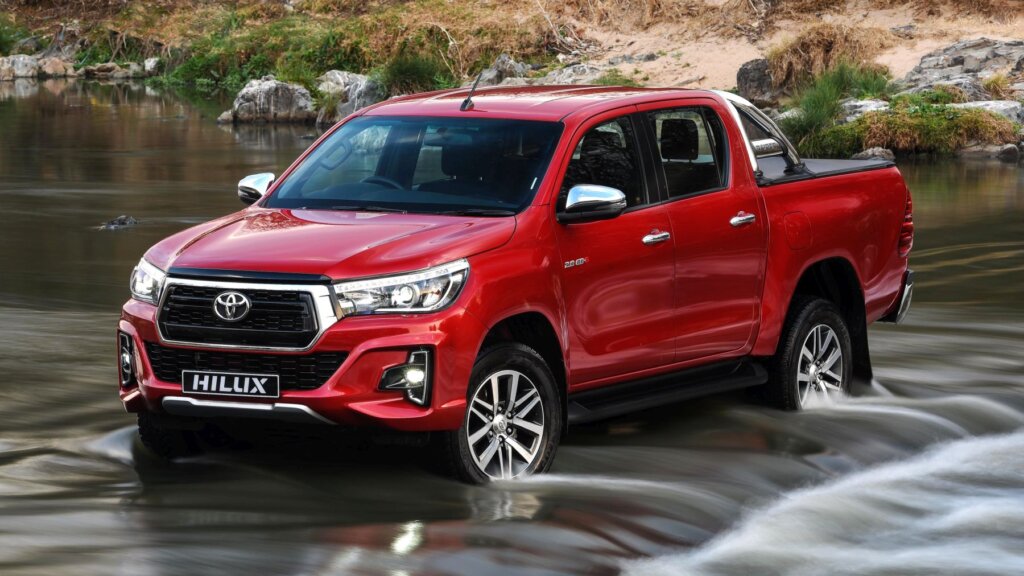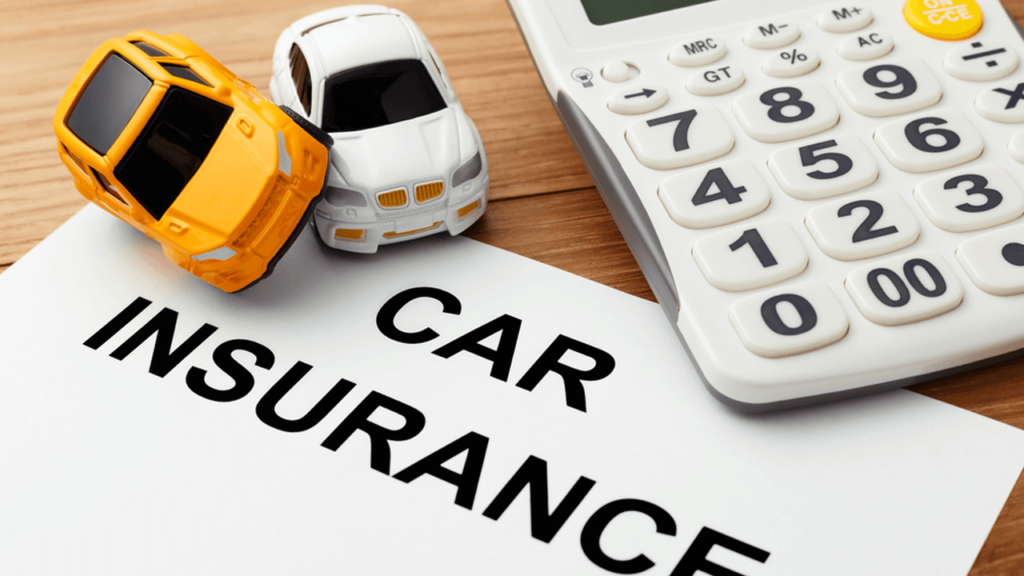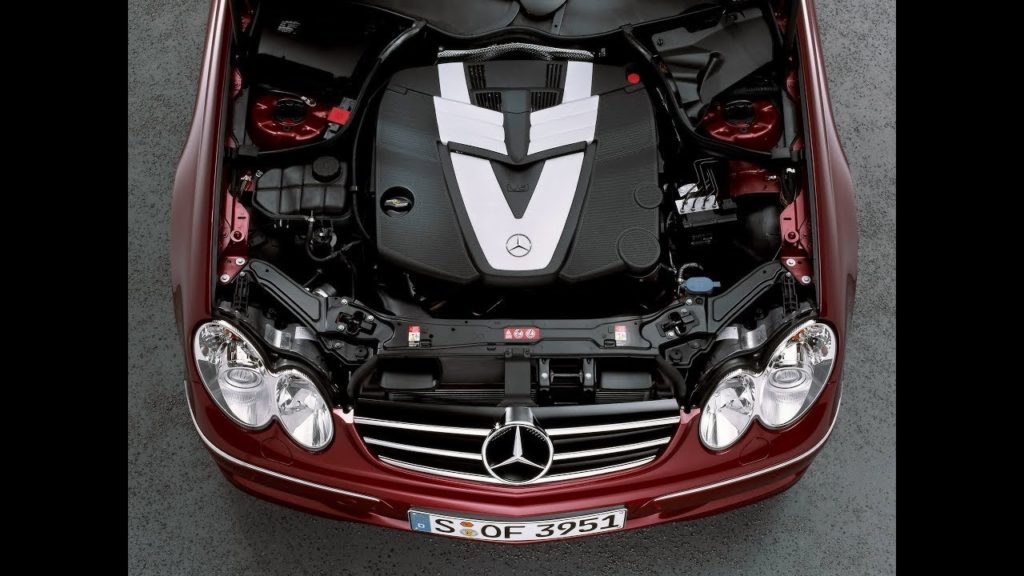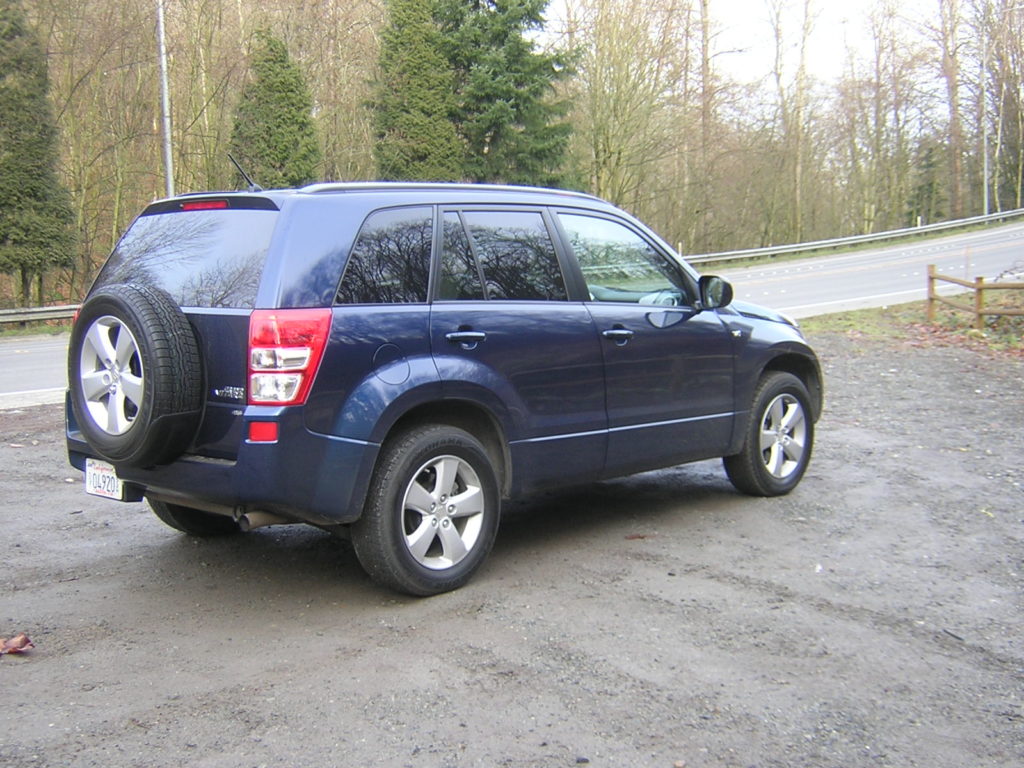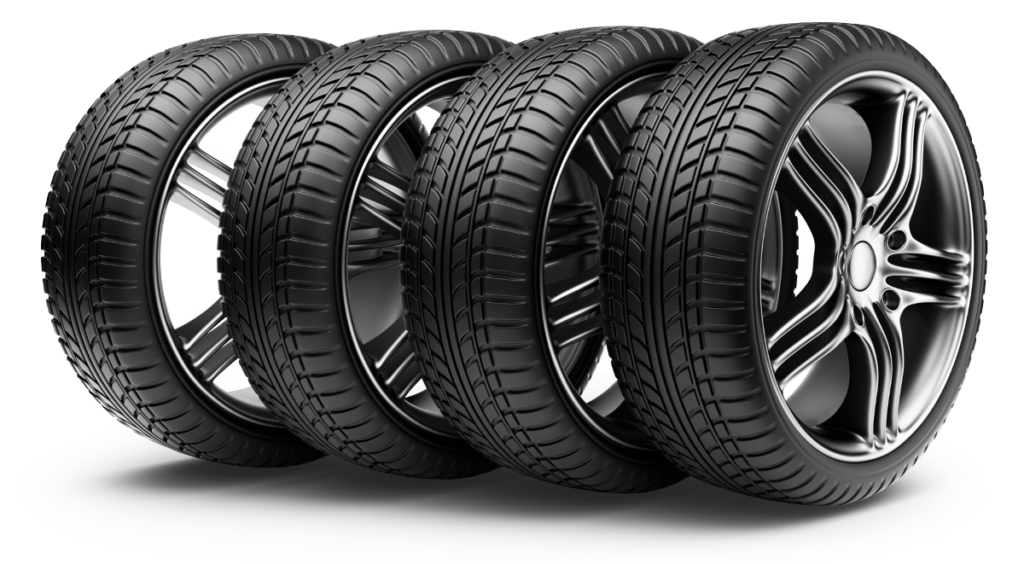Once again, the holidays will soon be upon us. The month of December involves quite a bit of travel as people go upcountry and to other tourist destinations.
Unfortunately, in Kenya, the holidays are also a dangerous time on our roads, where we see a sharp increase in road accidents and deaths. Statistics show that road accidents are a leading cause of death in Kenya, claiming an average of 29 lives out of every 100,000 people. In fact, Kenyan roads are ranked as some of the most dangerous in the world.
According to NTSA, some of the contributors to high road accident deaths in Kenya include:
- Over speeding
- Reckless driving and overtaking
- Drunk driving
- Non-use of safety belts
- Driver fatigue
- Non-compliance with traffic rules
- Use of non-designated crossings by pedestrians
The Kenya Police in conjunction with NTSA has mapped out some of the most dangerous blackspots in various parts of the country. These are spots that have registered high numbers of accidents over the years.
Here is a rundown of the deadliest blackspots that you should be aware of in various areas as you travel this December:
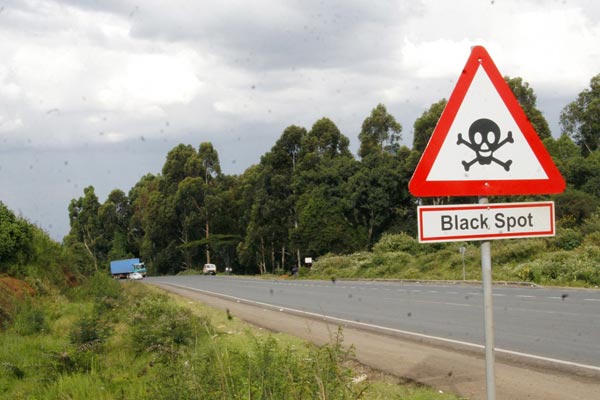
The Rift Valley
The Nairobi- Nakuru- Eldoret Highway is one of the most accident-prone roads in the country. Blacks pots to be aware of on this road include:
Kinungi- Naivasha- Gilgil Toll Station
Gilgil- Mbaruk Road Section
Molo G.S.U Camp – Salgaa
Salgaa-Migaa-Sachangwan-Kibunja
Timboroa – Burnt Forest Section
Kericho – Litein Road Section
Endebes Eldoret Road Section
Central Kenya
Kiganjo- Naromoru Road
Kibirigwi – Sagana Road Section
Thika Blue Post – Sagana Bridge Road Section
Kiriaini – Muranga Road Section
Nyeri – Nyahururu Road
Western Kenya
Mbale – Vihiga Road Section
Kakamega Chavakali Road Section
Kakamega – Kisumu – Ilesi Museno
Kakamega – Mumias Rd – Makunga
Bungoma – Eldoret – Chemoi
Kitale Webuye – Lugulu Misikhu
The Coast
Tsavo – Maungu – Voi Road Section
Wundanyi – Mwatate Road Section
Maungu – Tsavo East Gate Road Section
Maktau – Taveta Road Section
Mazeras Miritini Road Section
Rabai Ribe Road Section
Kaloleni Dzitsoni Road Section
Kilifi – Vipingo Road Section
Kibarani – Changamwe Makande Kwale Matuga Junction Road Section
Kibarani Area
Nairobi Area
Kasarani G.S.U Stretch
Waiyaki Way near Kangemi Fly Over
Mombasa Road near Cabanas
Westlands Museum Roundabout
Jogoo Road near Maziwa Stage
Westlands Kabete Road
Eastern Bypass

Nyanza Region
Awasi Ahero Road Section
Kiboswa Kisumu Road Section
Daraja Mbili – Bondo Junction
Oyugis – Katitu Road Section
Migori Kakrao Road
Gucha Bridge
Migori Township
Ogembo Nyanguso Road
Kisii Township Main Road
Mwembe Area Kisii Town
Kisii Daraja Mbili
Eastern Region
Nkubu – Embu Road Section
Konza Junction To Salama Road Section – Mombasa/Nrb At Chumvi Area
Salama – Sultan Hamud Road Section
Emali Simba Market To Kibwezi
Mtito To Tsavo River Stretch
Nanyuki To Isiolo Junction At Subuiga
Machakos – Wamunyu Road Section At Kithangathini
Mlolongo – Small World Club – And Junction To Namaga And At Mto Wa Mawe Bridge
North Eastern Region
Garissa Madogo – Kbc Station
Modogashe – Habaswein
Ukasi – Bangale
Bangale – Hola Road Junction
Buna – Gurar


